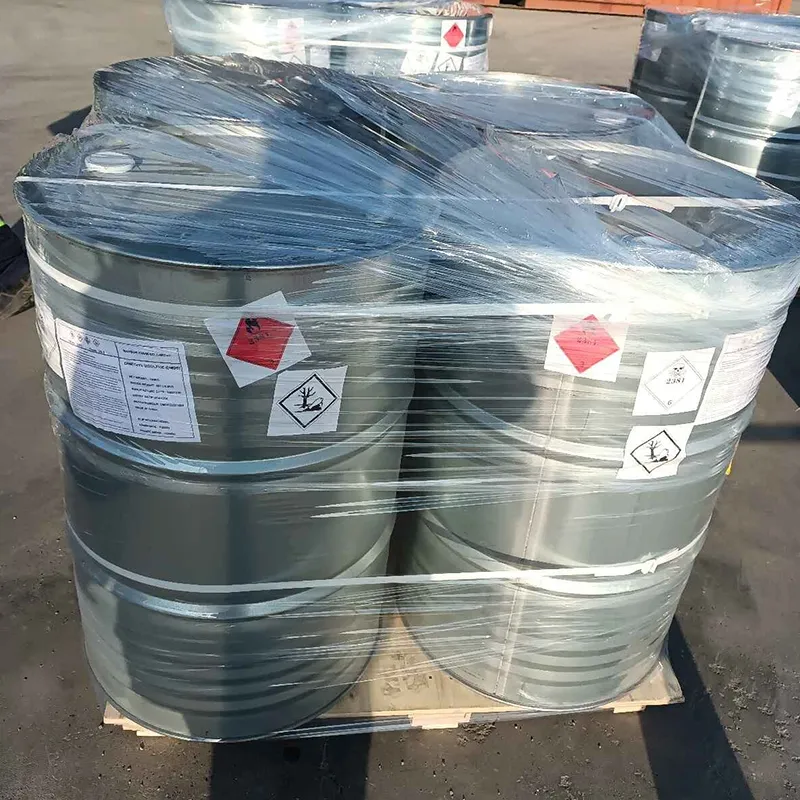
sodium acid pyrophosphate
Sodium Acid Pyrophosphate An Overview
Sodium acid pyrophosphate (SAPP) is a chemical compound classified as a food additive and an important ingredient in various applications, particularly in the food industry. Its unique properties make it an essential component for multiple food formulations, contributing to texture, stability, and overall product quality. In this article, we will delve into the properties, uses, advantages, and safety considerations regarding sodium acid pyrophosphate.
Chemical Structure and Properties
Sodium acid pyrophosphate is an inorganic compound represented by the formula Na2H2P2O7. Composed of sodium ions and the pyrophosphate anion, it appears as a white, crystalline powder that is soluble in water. Its pH is generally neutral to slightly acidic, making it versatile in different environments. SAPP is hygroscopic, meaning it can absorb moisture from the air, which is something to consider during storage and application.
Uses in the Food Industry
One of the primary uses of sodium acid pyrophosphate is as a leavening agent in baked goods. It reacts with baking soda (sodium bicarbonate) to release carbon dioxide gas when moistened and heated. This reaction helps dough rise, resulting in desirable texture and volume in products like cakes, cookies, and breads.
Furthermore, SAPP acts as a pH buffer, helping to maintain desirable acidity levels in various food items. It stabilizes the texture of products such as cream cheese, processed cheeses, and even potato products, preventing discoloration and preserving freshness. Additionally, this compound is utilized in the preservation of meats and seafood, enhancing texture while extending shelf life.
Sodium acid pyrophosphate is also relevant in non-food applications, including metal treatment, ceramics, and as a dispersant. In the pharmaceutical industry, SAPP is used in the formulation of vaccines and other injectables, where its buffering capabilities help maintain drug stability.
sodium acid pyrophosphate

Advantages of SAPP
SAPP offers numerous benefits to manufacturers and consumers alike. As a food additive, it improves the overall quality of products by enhancing texture, flavor, and appearance. The leavening properties of sodium acid pyrophosphate result in a lighter and fluffier end product, which is a key attribute sought by consumers.
Moreover, SAPP is relatively inexpensive compared to other emulsifiers and stabilizers. Its ability to function effectively in small quantities means that it can be cost-effective for food producers. This versatility allows it to be used in a wide array of food products, from bakery items to dairy and meat products, making it a valuable addition to the food processing toolkit.
Safety and Regulatory Status
The safety of sodium acid pyrophosphate has been evaluated by various food safety authorities globally. In the United States, the Food and Drug Administration (FDA) recognizes it as Generally Recognized As Safe (GRAS) when used in accordance with good manufacturing practices. Similarly, the European Food Safety Authority (EFSA) assesses it as safe for food applications within prescribed limits.
Despite its safety status, it is essential for consumers to be aware of their overall dietary intake of phosphate additives. Excessive consumption of phosphate-based food additives can contribute to an imbalance of nutrients, particularly in individuals with specific health conditions, such as kidney disease. As always, moderation is key, and a balanced diet should consist primarily of whole foods.
Conclusion
Sodium acid pyrophosphate is an essential ingredient in the food industry, offering unique functional properties that enhance the quality and stability of various food products. Its applications span a wide spectrum of uses, from leavening agents in baked goods to stabilizers in dairy products. With a strong safety profile established by regulatory agencies, it continues to play an essential role in modern food production. As consumers increasingly seek clean-label products, understanding the role and safety of additives like SAPP is more important than ever in making informed dietary choices.
-
Pure Sodium Dichloroisocyanurate Dihydrate | Powerful DisinfectantNewsAug.29,2025
-
Industrial Chemicals: Quality & Purity for Every IndustryNewsAug.28,2025
-
Nitrile Rubber Honoring Strict Production StandardsNewsAug.22,2025
-
Aspartame Ingredients Honoring Food Safety ValuesNewsAug.22,2025
-
Fertilizer for Balanced Plant NutritionNewsAug.22,2025
-
Cyanide Gold Processing with High Purity AdditivesNewsAug.22,2025
-
Formic Acid in Textile Dyeing ApplicationsNewsAug.22,2025
Hebei Tenger Chemical Technology Co., Ltd. focuses on the chemical industry and is committed to the export service of chemical raw materials.
-

view more DiethanolisopropanolamineIn the ever-growing field of chemical solutions, diethanolisopropanolamine (DEIPA) stands out as a versatile and important compound. Due to its unique chemical structure and properties, DEIPA is of interest to various industries including construction, personal care, and agriculture. -

view more TriisopropanolamineTriisopropanolamine (TIPA) alkanol amine substance, is a kind of alcohol amine compound with amino and alcohol hydroxyl, and because of its molecules contains both amino and hydroxyl. -

view more Tetramethyl Thiuram DisulfideTetramethyl thiuram disulfide, also known as TMTD, is a white to light-yellow powder with a distinct sulfur-like odor. It is soluble in organic solvents such as benzene, acetone, and ethyl acetate, making it highly versatile for use in different formulations. TMTD is known for its excellent vulcanization acceleration properties, which makes it a key ingredient in the production of rubber products. Additionally, it acts as an effective fungicide and bactericide, making it valuable in agricultural applications. Its high purity and stability ensure consistent performance, making it a preferred choice for manufacturers across various industries.





